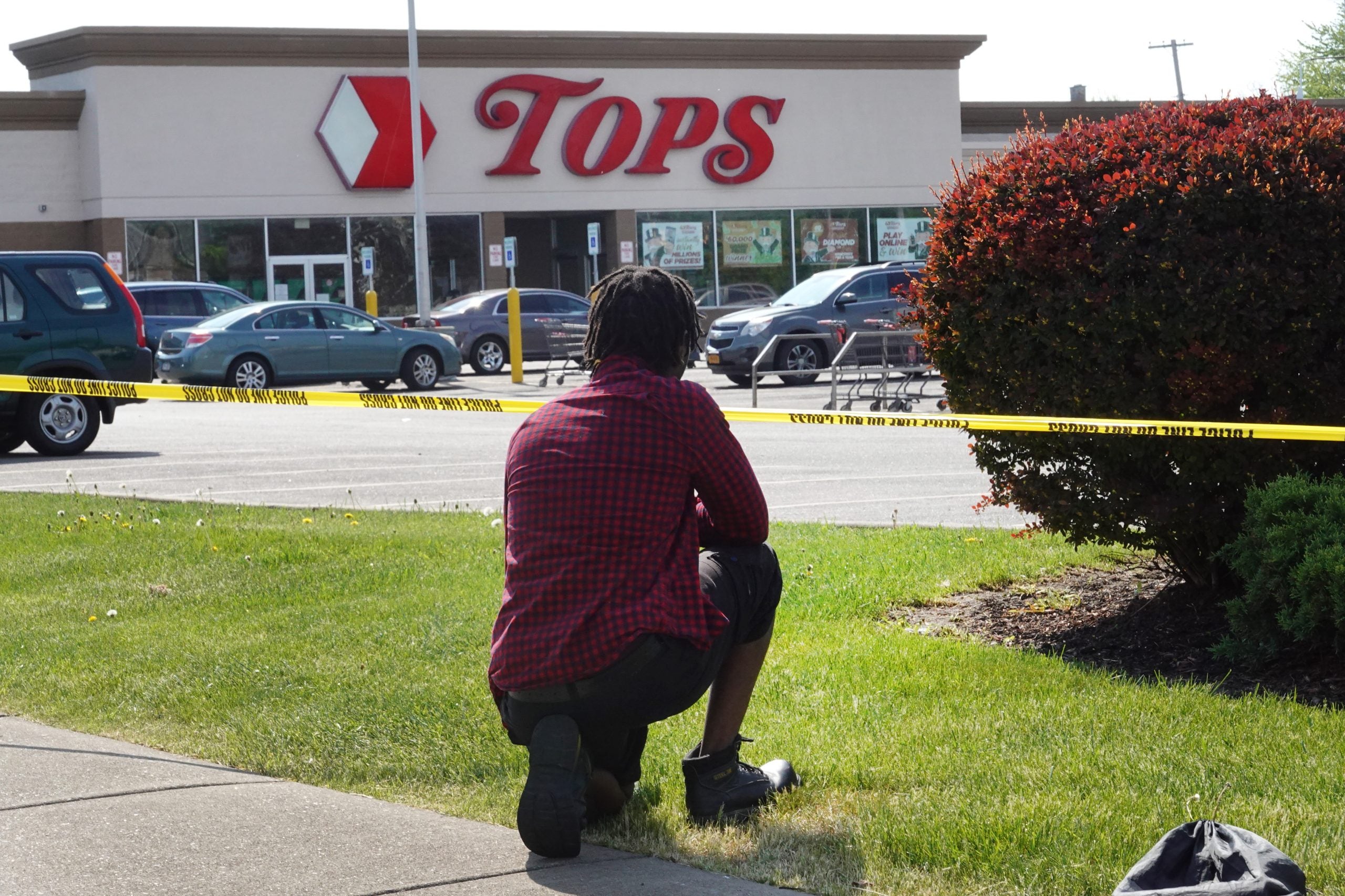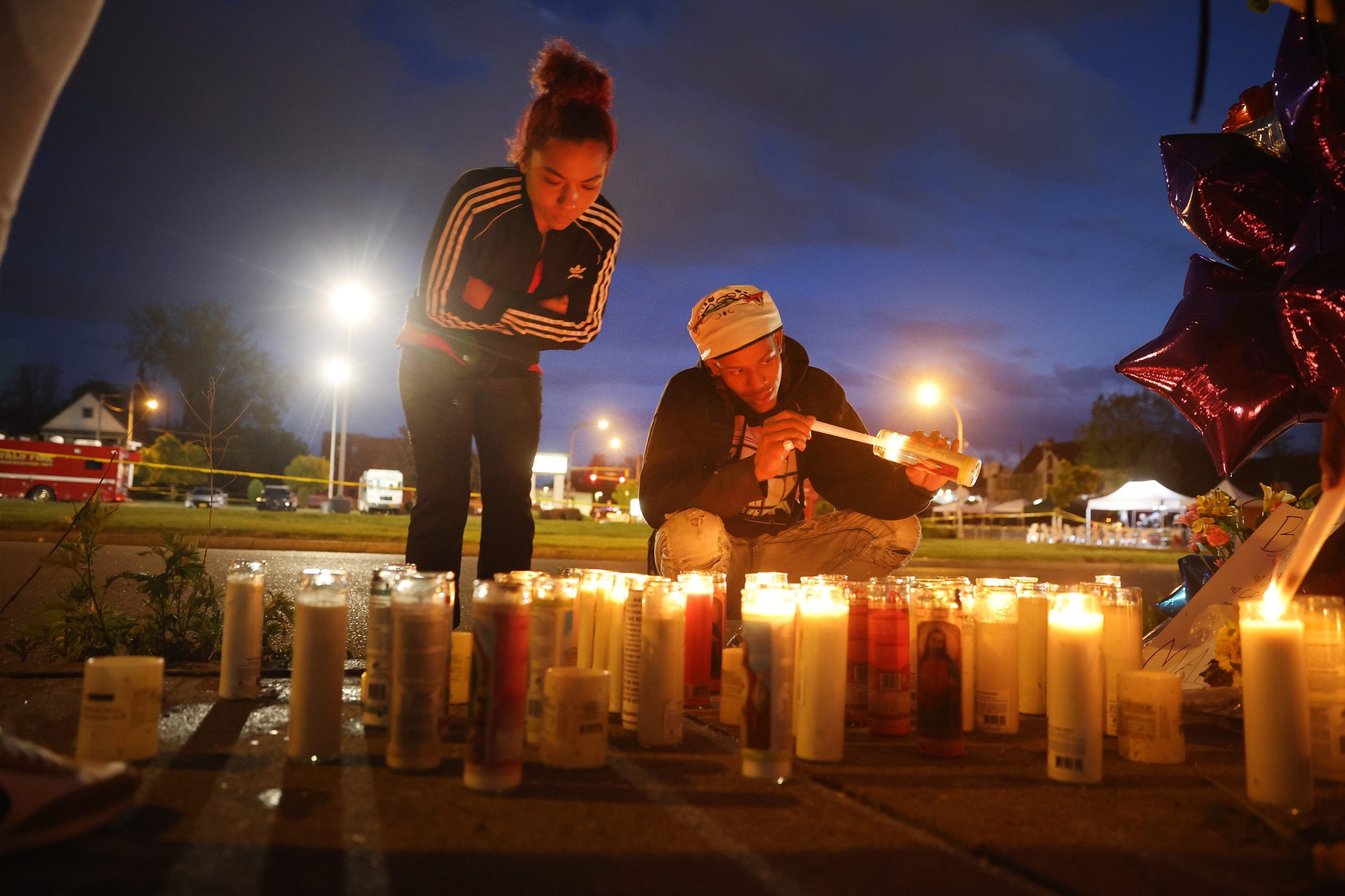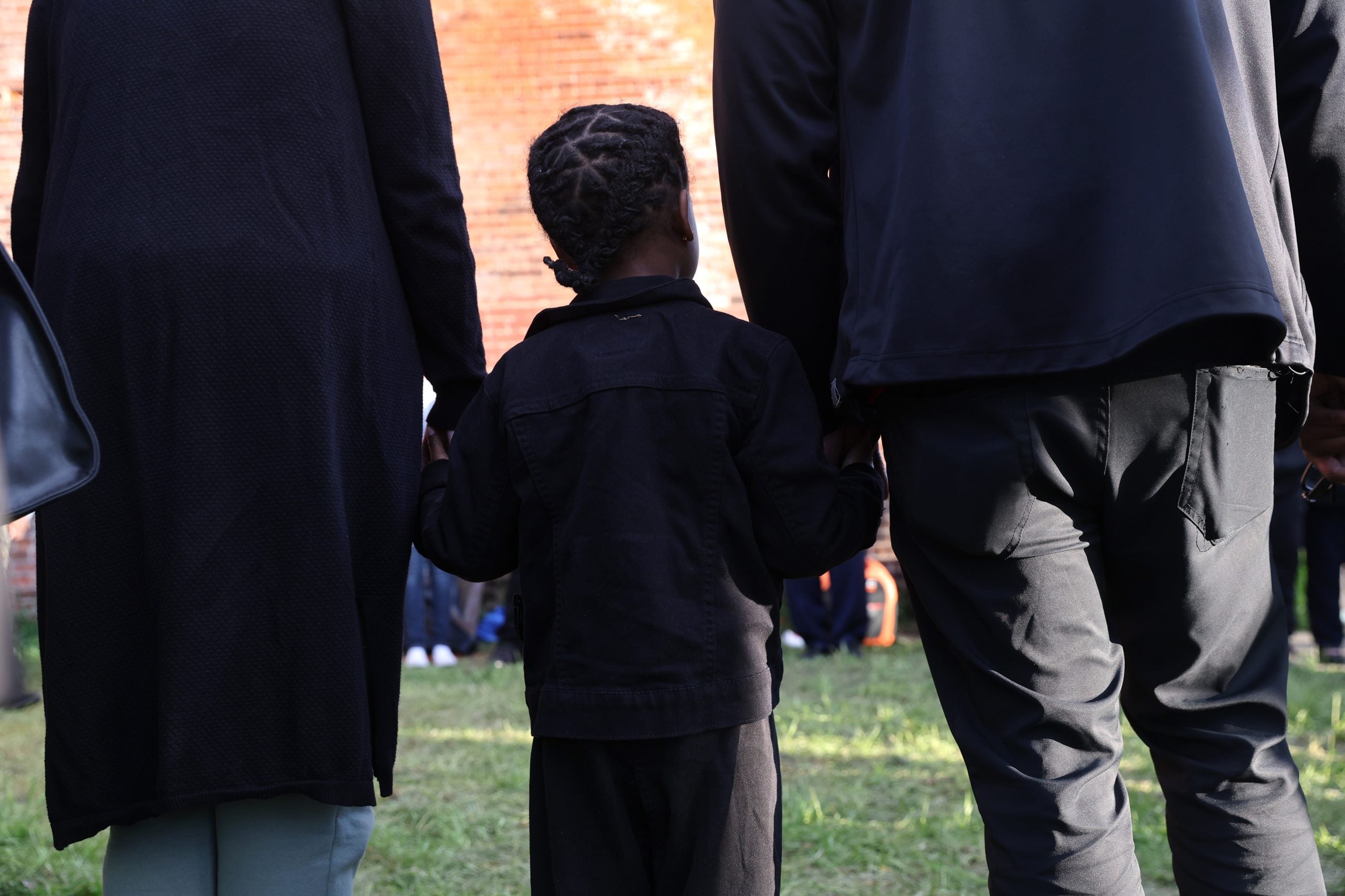
Saturday’s racially motivated mass shooting inside a Buffalo, NY grocery store, resulting in the tragic deaths of 10 Black citizens and the wounding of three others, is traumatic enough news on its own. But the alleged perpetrator of the attack, 18-year-old Peyton Gendron, added an additional layer of sinisterness to the targeted violence by broadcasting the event live from his first-person POV via a popular livestreaming platform.
Twitch is perhaps best known as a platform for gamers to broadcast live gameplay, but has expanded in recent years as a place for creators of all kinds to broadcast live shows and original content to fans and followers doing everything from DJ-ing, to cooking, to sleeping. Unlike other social platforms that generally require some sort of verification process, Twitch allows anyone who registers for account to go live.
Saturday’s racist attack was unfortunately broadcast on Twitch in real-time, capturing the deaths of several. It remains unclear how many users viewed the initial broadcast.
For its part, the platform removed the video within two minutes of the start of the shooting, a representative reported to The Hollywood Reporter.

“We are devastated to hear about the shooting that took place this afternoon in Buffalo, New York. Our hearts go out to the community impacted by this tragedy,” an official statement from Twitch read. “Twitch has a zero-tolerance policy against violence of any kind and works swiftly to respond to all incidents. The user has been indefinitely suspended from our service, and we are taking all appropriate action, including monitoring for any accounts rebroadcasting this content.”
Though their action was swift in real-time and they report to be proactively monitoring the platform for any restreams, clips from the shooting have already emerged on other social platforms. With a reported 2.5 million frequent viewers – 75% of whom are aged 16-34 – and over 8 million monthly creators, the content of what is being streamed at any given moment is naturally difficult to police.
Twitch has come under fire for the ease with which users like Gendron, or even the perpetrator of 2020’s mass shooting inside a Christchurch, New Zealand Mosque – the livestreamed incident which is rumored to have partially inspired the Buffalo shooting – can log on and upload heinous violence, broadcast live and relatively unchecked.
New York governor Kathy Hochul slammed social media outlets for platforming the video and the white supremacist rhetoric that directly leads to extremist actions and terrorist attacks like the one that occurred on Saturday.
“These outlets must be more vigilant in monitoring social media content,” said Hochul, herself a Buffalo native, during a press conference following the shooting.
“Certainly, the fact that this act of barbarism, this execution of innocent human beings could be livestreamed on social media platforms and not taken down within a second, says to me that there is a responsibility out there,” she continued. “And we’re going to continue to work on this and make sure that those who provide these platforms have a moral and ethical, and I hope to have a legal responsibility to ensure that such hate cannot populate these sites, because this is the result.”

In the wake of this tragedy, some experts are calling for a grander examination of whether or not livestreaming on sites such as Twitch, YouTube, Instagram, and Facebook should even exist in their current iteration.
For the families of victims, the presence of the video is a jarring and traumatic reminder of the way their loved ones suffered in their final moments. Such was the case when it came to 65-year-old Celestine Chaney, who lost her life in the attack. Chaney’s son, Wayne Jones, found out about his mother’s murder directly from the livestream video before authorities had an opportunity to inform him of what had occurred.
“I didn’t find out, nobody knocked on my door like the usual process,” Jones told the Associated Press. “I found out in a Facebook picture that my mom was gunned down. Then I watched the video on social media.”
